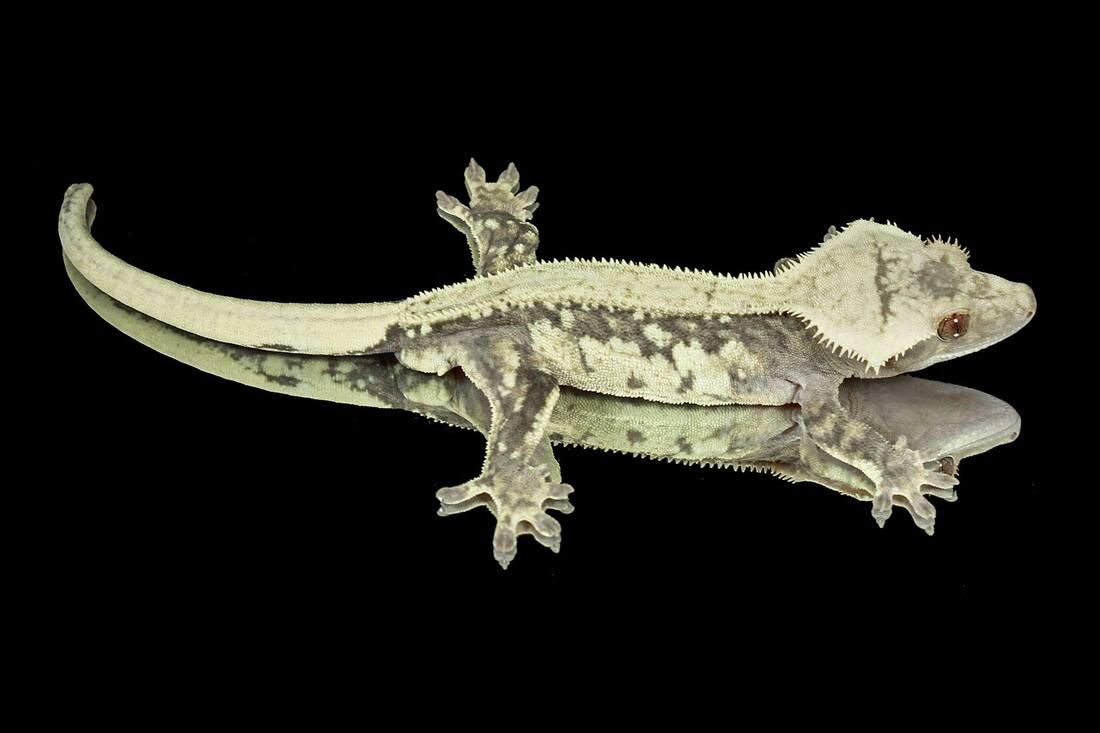

Individual canes may only live 2-3 years, yet reach a density of 525 canes per square meter. Re-entry of canes into the center of the thicket resulted in an impenetrable mass of prickly canes within 2-1/2 years. All canes produced berries in the second year and then died, senescence commencing near the middle and at the apices of canes without daughter plants. Daughter plants developed where these canes rooted, forming only on first-year canes. Amor (1974a) observed canes growing to a height of 40 cm before they arched over and trailed on the ground. VEGETATIVE REPRODUCTION Rooting at Cane Tips: R. Rubus discolor is a part of the Rubus fruticosus aggregate. discolor tends to prefer wet sites even in relatively wet climates. It grows along roadsides, creek gullies, river flats, fence lines, and right-of-way corridors.

It forms impenetrable thickets in wastelands, pastures, and forest plantations. discolor occurs mainly in areas with an average annual rainfall greater than 76 cm, at altitudes up to 1800 m, and on both acidic and alkaline soils. It also occurred in nursery and experiment grounds along the East Coast and in Ohio by this time. discolor had become naturalized along the West Coast. Rubus discolor was probably first introduced to North America in 1885 as a cultivated crop as well. It may have found its way there as a cultivar. There is no botanical evidence to show that it is native of the Himalayan region. NATURAL HISTORY Habitat:Ĭontrary to its common name, Himalaya-berry is a native of western Europe. The fruit ripens late compared with native blackberries and over a considerable interval, from midsummer to autumn. The roundish fruit is black and shiny, up to 2 cm long, with large succulent drupelets. Sepals are broad, cano-tomentose, conspicuously pointed and soon reflexed, approximately 7-8 mm long. The flowers are white or rose colored, 2-2.5 cm across, with broad petals. The peduncles and pedicels are cano-tomentose and prickly. The inflorescence is a large terminal cluster with branches in the lower axils. Floricane leaflets are 3-5 foliolate and smaller than on the primocanes. Leaflets are abruptly narrowed at the apex, unequally and coarsely serrate-dentate. The leaflets are large and broad with the terminal leaflet roundish to broad oblong. There are hooked prickles on the petioles and petiolules. Primocane leaves are 5-foliolate, glabrous above when mature and cano-pubescent to cano-tomentose beneath. These are very strongly angled and furrowed, bearing well-spaced, heavy, broad-based, straight or somewhat curved prickles 6-10 mm long. The primocanes are pilose-pubescent, becoming nearly glabrous with age. Other canes are decumbent, trailing or scandent up to 20-40 feet long, frequently taking root at the tips. The shrubs appear as "great mounds or banks", with some of the canes standing up to 3 m tall. Rubus discolor is a robust, sprawling, more or less evergreen, glandless shrub of the Rose Family (Rosaceae). The following description of Rubus discolor is taken from Munz and Keck (1973). Ecological Threat As the plant grows and the stems touch the ground they root at the nodes, producing a dense thicket that shades out other plant species. Fruit Fruits are an aggregate of drupelets that are black, when mature, and 0.5-0.8 in.

Flowers have five petals, numerous stamens and are 0.8-1 in. Flowering occurs in late spring to early summer when white to pale pink flowers develop on the flora canes. Flowers No flowers are produced in this plant’s first year of life. The leaflets are oval and toothed with thorns along the underside of the mid-rib. In the second year, several side shoots are produced (flora canes) having smaller leaves with 3 leaflets. (0.9-2.4 cm) long and are palmately compound with 5 leaflets. Foliage The leaves of the prima cane (first year shoots) are 2.8-7.9 in.

(4.6 m) before arching and trail the ground for up to 40 ft. Himalayan blackberry, Armenian Blackberry Overview Appearance Rubus armeniacus is a perennial shrub that is native to western Europe.


 0 kommentar(er)
0 kommentar(er)
